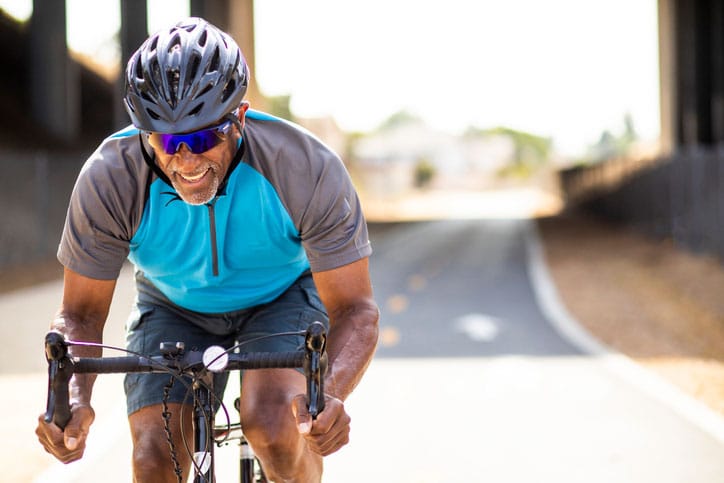Athletes who suffer from injuries, no matter the severity, can suffer long-term damage that may not be immediately apparent. Even minor wounds can negatively impact performance and future quality of life. Regenerative medicine, colloquially known as stem cell therapy, is a beneficial and non-invasive alternative medicine solution used to speed the recovery of sports injuries. So, what kind of athletes could benefit from regenerative medicine? How effective are these therapies? Below we will explore a few examples and how such treatments can help.
What Is Regenerative Medicine?
Stem cell therapy is the process of growing new cells to aid in regenerating damaged tissue to alleviate many musculoskeletal injuries. With the aid of an experienced medical professional, stem cells can be differentiated into many different types of cells, essentially rebuilding the torn or damaged parts of an athlete’s body. Regarding sports injuries, the therapies offered through regenerative medicine act as a catalyst for restoring muscles and other damaged tissue.
Additionally, regenerative medicine can assist in long-term recovery. Most patients who undergo stem cell therapy can expect the restoration of function and pain relief within just a few weeks. Thanks to the regenerative qualities of the cells, it is a long-term recovery option that continues to be beneficial for months, if not years, after the healing has started.
What Types Of Sports Injuries Benefit The Most From Regenerative Medicine?
Athletes can use regenerative medicine to treat various issues, from the most minor to even some of the most significant injuries. It is important to note that some injuries can result in permanent loss of function. While stem cells can assist in pain relief or restoring function, some long-term effects can remain after undergoing therapy. The following are some of the most common injuries that regenerative medicine can help with:
- Torn Or Damaged Ligaments- Torn ligaments occur when the muscle tissue connecting the muscle to a bone is torn away or ruptured by a severe impact. A sudden twist, over-extension, or heavy blow in contact sports can all cause a ligament to rupture and result in pain, swelling, and loss of function in the affected limb.
- Sprains And Severe Strains– A sprain occurs when a ligament is stretched beyond its normal range of motion. A sprained wrist or ankle is a common injury that can impact any athlete and increases the likelihood of further damage if not treated. While most can heal independently without medical intervention, regenerative medicine can speed the process and reduce the chance of a repeat injury.
- Concussions- Recently, concussions and, by extension, Chronic traumatic encephalopathy (CTE) are receiving more attention from clinicians in the sports world. Most impact sport athletes that receive strikes to the skull will suffer inflammation in the brain, which can be deadly if not treated. While this area of regenerative medicine is still very much in the research phase, the team at Michigan Center for Regenerative Medicine is watching these findings closely.
Consider Michigan Center for Regenerative Medicine for Your Regenerative Medicine Needs
Are you an athlete considering regenerative medicine? Depending on the severity of your injury, regenerative therapy may be the answer. If you want to avoid surgical intervention and addictive pain medications, consider this revolutionary new treatment.
The board-certified doctors at Michigan Center for Regenerative Medicine should be your first and last stop for pain relief. Our team has years of experience in regenerative medicine and numerous pain management options tailored to fit your lifestyle. Here you can count on us to provide every consideration for your pain and devise a customized routine specific to each patient.
